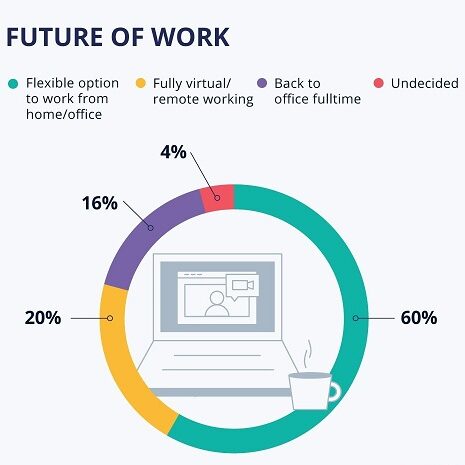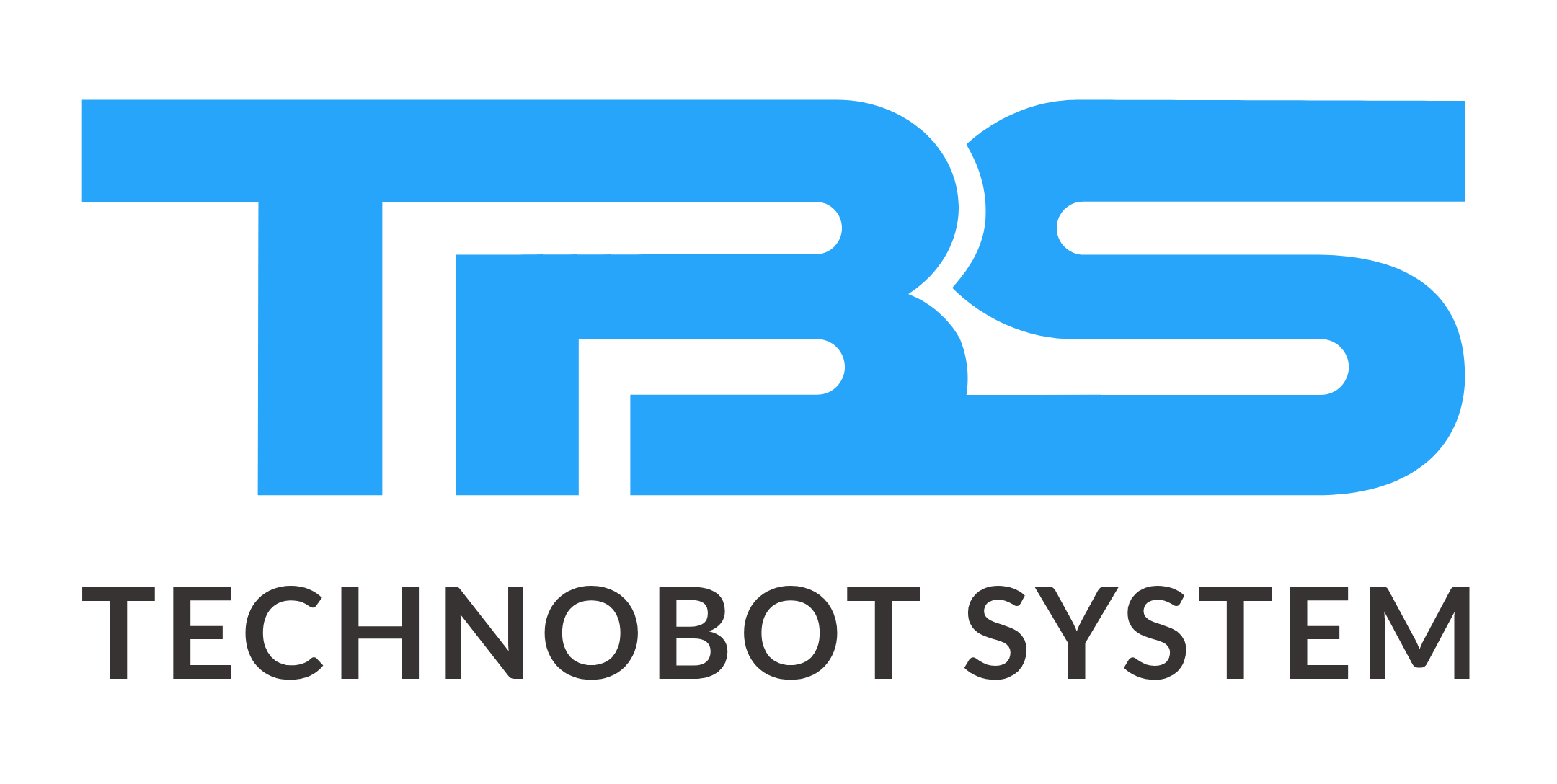The Internet of Things (IoT) has transformed from a futuristic concept to a real-world force that is altering industries throughout the world. As we approach 2025, IoT is more than just a technology; it is a transformation strategy that allows for real-time decision-making, predictive operations, and unmatched connection across devices, systems, and people.
Organizations are increasingly using the Internet of Things (IoT) to create intelligent infrastructures and data-driven processes. This blog investigates how IoT is transforming industries such as shipping, manufacturing, and healthcare while also hastening the transition to smart, connected workplaces.
1. What is IoT? A Quick Overview
The Internet of Things (IoT) is a network of networked physical items — ranging from sensors and machines to automobiles and appliances — that collect, exchange, and act on data over the internet. These smart gadgets provide real-time monitoring, automation, and control in a variety of contexts.
Simply put, IoT transforms inert assets into intelligent data sources, allowing businesses to enhance efficiency, minimize waste, and maximize performance.
2. IoT in Logistics: Smarter Supply Chains, Quicker Deliveries
The internet of things has radically altered logistics and supply chain management. Sensors, GPS trackers, and RFID tags now enable comprehensive visibility into the movement of items, inventories, and fleet operations.

Key Benefits:
- Real-time tracking of shipments and vehicles.
- Predictive maintenance for delivery trucks and equipment.
- Warehouse automation with smart shelves and robotic technologies.
Companies may reduce delays, eliminate losses, and increase customer satisfaction by implementing IoT-powered logistics solutions that provide exact delivery timelines.
3. IoT in Manufacturing: The Rise of Smart Factories.
Manufacturing is at the forefront of IoT innovation, bringing in what is now known as Industry 4.0 – a new era of intelligent, autonomous manufacturing lines.
- Applications of the Internet of Things in manufacturing:
- Machine condition monitoring to prevent difficulties.
- Tracking equipment usage for enhanced energy efficiency
Real-time quality control by smart sensors and AI
IoT not only improves operational efficiency, but it also provides predictive analytics, which lowers downtime and increases productivity. It changes factories from reactive settings to proactive ecosystems.
4. IoT in Healthcare: Improved Outcomes with Smart Monitoring
In healthcare, the Internet of Things saves lives by providing doctors, nurses, and caregivers with real-time patient data. Wearable and smart hospital rooms are examples of how IoT is transforming healthcare into a more connected and responsive environment.
Use cases:
- Remote monitoring for chronic conditions.
- Smart beds detect patient movement and vital signs.
- Connected medical equipment for accurate diagnosis.
Healthcare providers may use IoT to respond faster, personalize treatments, and improve overall patient care—all while lessening the burden on hospital infrastructure.
5. Connected Workplaces: The Future Of Office Efficiency
IoT is also transforming typical office environments into connected work spaces where everything, from lighting and climate management to access and collaboration tools, is optimized for productivity and comfort.

Smart workplace features:
- Occupancy sensors for spatial management
- Energy-efficient technologies that respond to usage patterns
- IoT-enabled conference rooms with voice and touch controls
In 2025, connected workplaces are about more than just comfort; they are about data-driven decisions, employee well-being, and long-term operations.
6. Real-Time Decision-Making: The Core Value of the Internet of Things
The actual power of IoT is real-time decision-making. The Internet of Things enables enterprises to:
- Identify and resolve issues before they escalate.
- Respond to demand adjustments immediately.
- Make informed decisions based on live insights.
This results in increased agility, efficiency, and a huge competitive advantage in today’s fast-paced marketplaces.
7. Challenges and the Way Forward.
While the Internet of Things (IoT) provides numerous benefits, it also introduces new problems such as data security issues, integration complexities, and the need for robust infrastructure. Overcoming these challenges necessitates careful preparation and the assistance of knowledgeable technological partners. The next step is to create safe, scalable, and personalized IoT solutions that correspond with specific company goals and operational demands, such as smart sensor integration, cloud-based dashboards, and predictive analytics.
Conclusion:
IoT is not the future—it is now.
The Internet of Things is not just a trend; it is an innovative force that is changing the way industries and workplaces operate. Whether you work in logistics, manufacturing, healthcare, or corporate services, adopting IoT in 2025 means achieving new levels of efficiency, agility, and insight.
We are committed to assisting enterprises in turning the potential of the Internet of Things (IoT) into measurable results. From initial consultation to full-scale deployment, skilled teams collaborate with you to build and implement tailored IoT solutions that meet your specific requirements and objectives.

